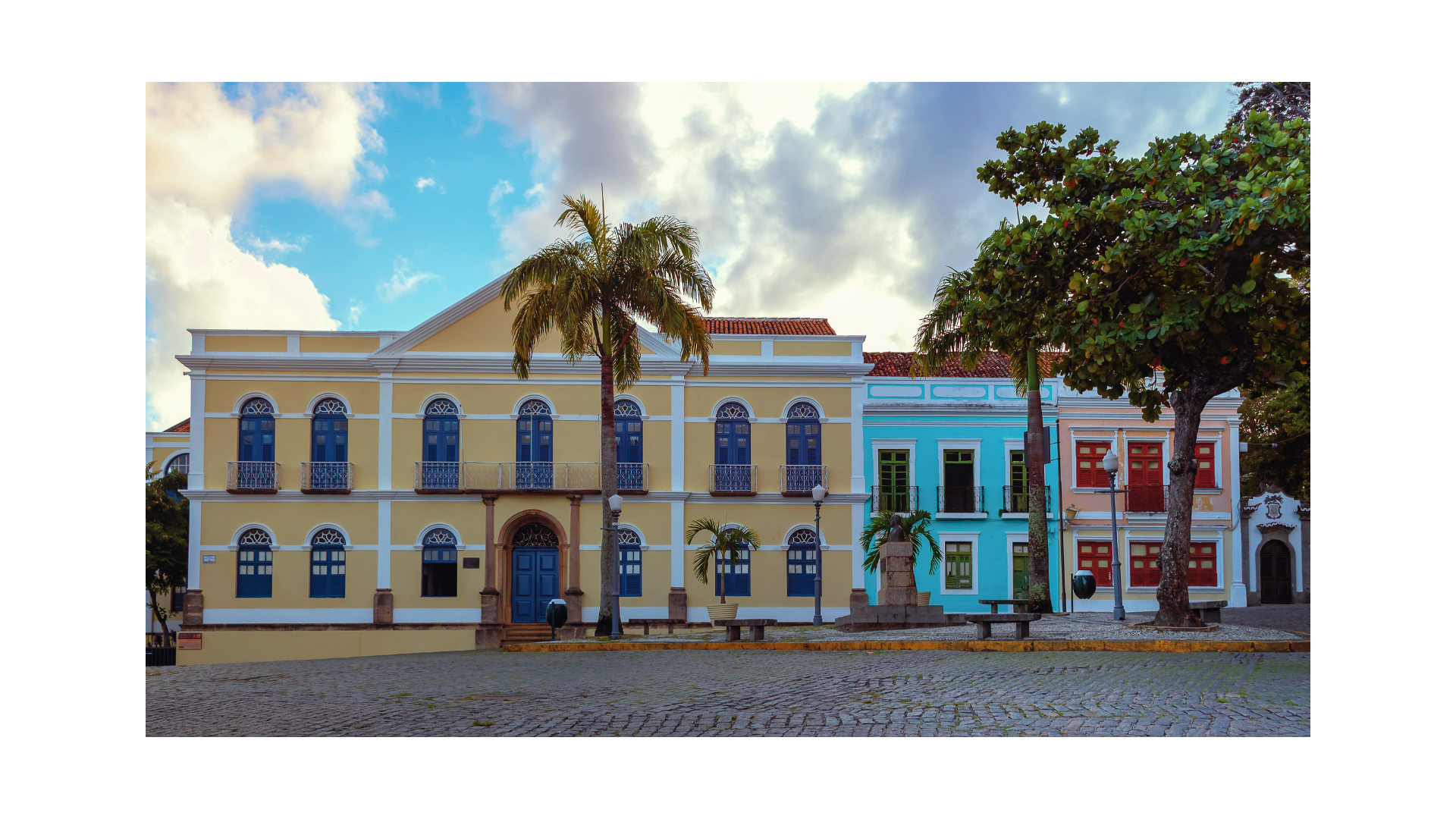The year 2022 begins and with it the countdown to the commemoration of the 200th year of the country’s independence, proclaimed in 1822 by the then Emperor Dom Pedro II. The date that will feature restorations of various national monuments and the reopening of the Ipiranga Museum in the city of São Paulo, the homonymous state, reignites an important discussion about the preservation of Brazilian historical heritage, also focusing on a little studied and understood legal instrument: the Preservation.
Established by Decree-Law No. 25 of 1937 prepared by Minister Gustavo Capanema and approved by Getúlio Vargas, Preservation aims to protect the national historical and artistic heritage, designating it as “the set of movable and immovable assets existing in the country and whose conservation whether of public interest, either because of its link to memorable facts in the history of Brazil, or because of its exceptional archaeological or ethnographic, bibliographic or artistic value”. However, what is Preservation itself? In the foreground an institute of Public Law, as detailed by Professor José Cretella Júnior:
The preservation institute, although it has close relations with civil law, is a matter of administrative law, being informed by publicistic principles. It’s because? Because there are two types of limitations or restrictions on the property right, those of private law, which aim to make the right of each owner compatible with the rights and interests of other subjects and, above all, with other owners, those of public law, which aims to make the owner’s rights compatible with the public subjective rights of the State[1].
Undeniably, Preservation makes use of one of the most forgotten fundamental rights provided for by the Constitution of the Republic of 1988, access to culture. Highlights the header of art. 215 of the Magna Carta the duty of the State to guarantee to all the full exercise of cultural rights and access to the sources of national culture. As soon as it is identified that, contrary to popular understanding, the purpose of listing an asset is not to devalue it, but to use it to achieve the public interest, namely the preservation of national culture:
The cultural value that the property carries is the cause, the reason for its preservation, and its conservation is the consequence that is intended to be achieved with the guardianship; the effect of imposing this public interest, its purpose. If there is recognition of this cultural attribute in the material good, the protection of this value in the thing by the public power is mandatory, and preservation is a legal instrument par excellence to protect and conserve the cultural public interest materialized in movable and immovable things[2].
The recognition of the historical, artistic or cultural value of an asset, however, does not follow objective criteria, which is why Preservation is understood as a discretionary act. It is noteworthy that discretion should not be understood as the absence of the law, but rather an authorization contained in it for situations whose mere legal application is insufficient, requiring a more in-depth effort. It is thus up to each competent body – with IPHAN as an example at the federal level – to carry out studies on the cultural impact found in that property, in addition to analyzing its conservation, history, and even how much of its original structure remains. Despite the fact that there is a need for a conclusive report issued by a technical body, it is urged that the institute integrates discretion in its traditional sense, and it is undoubtedly a political decision – taken from now on to evaluate the public interest – to from the moment that the report can simply be discarded by the Advisory Council of each body, the body that approves the Preservations.
To what kind of administrative act Preservation belongs, however, remains contradictory. Understood by part of the doctrine as administrative servitude, considering that, according to Celso Antônio de Mello: “Whenever a specific act of the Administration is necessary, creating a new situation, the right itself has been reached, and therefore, it is the hypothesis of easement”[3], the instrument can also be thought of as a sui generis species, that is, of its own genus. The difficulty in framing the institute lies in the little understanding that we have about it, as well as its almost authoritarian character, taking into account the exception regime under which it was created, not undergoing significant changes to date.
Finally, the position is pointed out that Preservation could be treated as a kind of expropriation in cases where there is an impediment to the exercise of domain. Although equally respectable, the thesis is opposed, above all, by the Public Administration itself, which is based on the fact that in the expropriation there is a transfer of ownership of the asset, an event that does not occur in Preservation. In addition, there are countless cases in which owners of listed properties appeal to the Judiciary to request their expropriation, which in itself shows that it is not the same legal figure, despite the possibility that Preservation may be carried out by expropriation.
Figured as an emblematic case, little is studied about such a vast and important instrument. The difficulties faced by Preservation throughout its 85 years of existence are the most diverse and deserve in-depth analysis, since they range from a serious social aversion to excessive judicial intervention, to budget cuts and internal changes within the competent bodies. Thus, in the next article we will deal with the challenges faced by the institute, which in this commemorative year gains a new chance of repercussion
[1] José Cretella Júnior, Dicionário de Direito Administrativo, cit.pp. 512, Jose bushatsky. São Paulo, 1972.
[2]RABELLO, Sonia. O Estado na preservação de bens culturais: o tombamento. IPHAN, 2009, p. 53.
[3] Celso Antônio Bandeira de Mello, Elementos de Direito Administrativo, São Paulo, Editora RT, 7th edition, 1987, p.180
Available at: https://politica.estadao.com.br/blogs/fausto-macedo/tombamento-a-importancia-esquecida/
Autor: Flávia Sant'Anna Benites • email: flavia@ernestoborges.com.br • Tel.: +55 67 99984 1406

